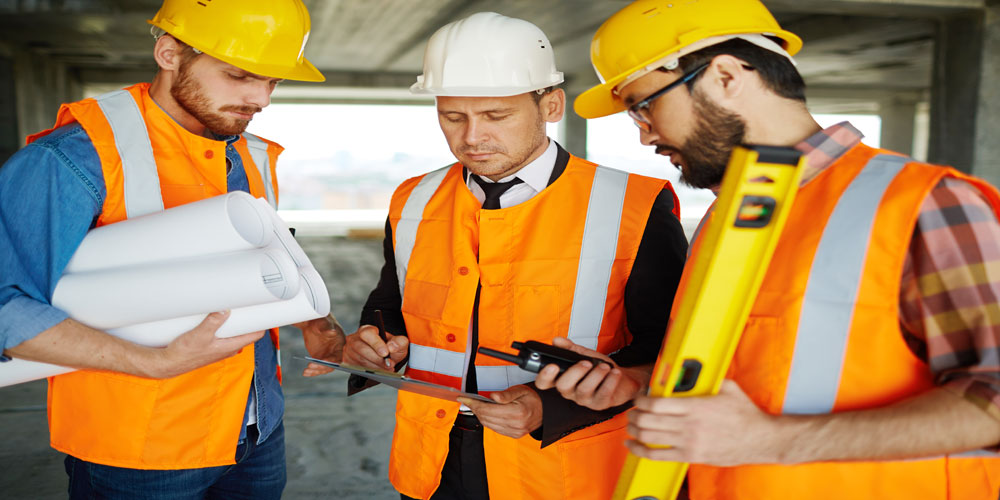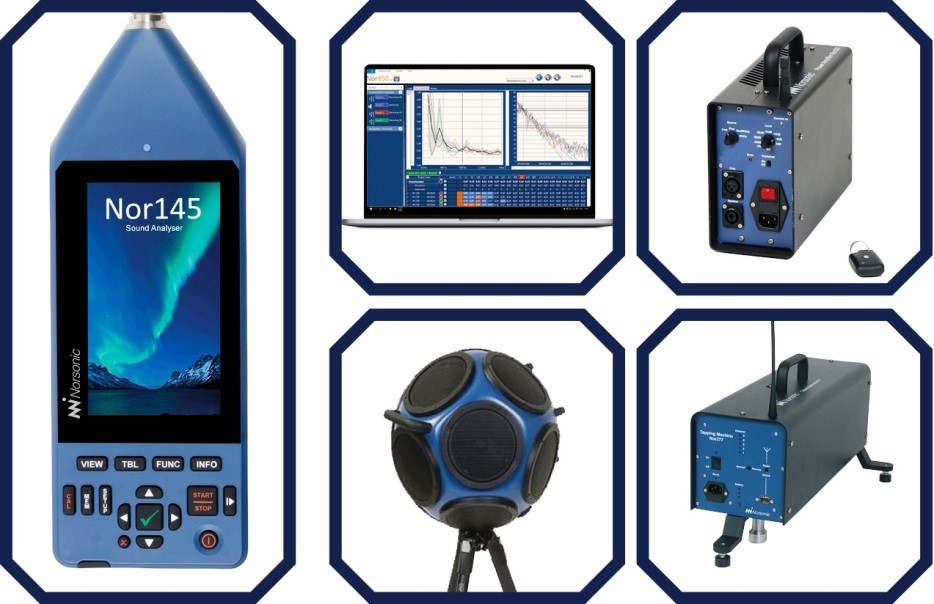
Conducting a Smoke Shaft Air Test
Conducting a Smoke Shaft Air Test
Many clients often inquire about the necessity of conducting air testing on their smoke shafts. Let’s delve deeper into the reasons behind this practice and how it ensures safety and compliance with relevant legislation and standards such as BS 9999 and BS 9991.

Smoke Shaft Air Test Services
If the shaft fails to achieve the airtightness target, a smoke leakage test is conducted. During the smoke test, theatrical smoke is pushed into the shaft, revealing any gaps or cracks in the smoke shaft envelope. on large smoke shafts over multiple floors, its best that multiple observers are used to check the floors whilst the air test engineer operates the blower fan equipment.
Smoke Control and Fire Safety
Smoke inhalation is a major cause of fatalities and injuries during fires, often overshadowing the direct impact of the fire itself. More than 60% of deaths in fire incidents occur due to smoke inhalation. Controlling smoke is crucial in safeguarding lives and property. Smoke control systems not only protect escape routes but also aid firefighters, thus reducing casualties.
- Smoke Shaft Functionality: Smoke shafts play a pivotal role in evacuating smoke from buildings during a fire. To operate efficiently, smoke shafts must be airtight to facilitate the functioning of mechanical Automatic Opening Ventilation (AOV) systems, which extract smoke from escape routes. Air testing confirms the shaft’s airtightness before AOV commissioning, ensuring compliance and safety measures are met.
- Building Regulations and Standards: Smoke shafts are subject to evolving regulations and standards in the UK. For residential buildings, BS 9991:2015 provides updated fire safety guidance, including recommendations for smoke control. Compliance with these regulations is essential to ensure the safety of occupants and adherence to legal requirements.
- Air Testing Process for Smoke Shafts: Air tightness testing of smoke shafts involves a positive pressurization test using a high-powered blower door fan. This test is conducted with the shaft fully sealed but before AOV fans and louvres/shutters are installed. If the shaft fails to achieve the airtightness target, a smoke leakage test is performed. During the smoke test, theatrical smoke is introduced into the shaft to identify any gaps or cracks in the smoke shaft envelope.
In summary, air testing plays a crucial role in verifying that smoke shafts meet safety standards, thereby protecting lives and enhancing overall fire safety measures. At Air Pressure Testing Ltd, we specialise in conducting AOV smoke shaft testing, ensuring compliance and peace of mind for our clients.
Our experienced engineers and state-of-the-art equipment guarantee reliable results and professional service. From survey visits to smoke testing and thermal imaging, we offer comprehensive solutions to help you achieve smoke shaft signoff efficiently and effectively.
Air Pressure Testing Ltd boasts a client base from one of self-builders to the largest construction companies in the UK. We offering leading design, consultancy and compliance for every part of your project, at all stages. It’s APT’s aim to provide a friendly and professional stress-free experience.